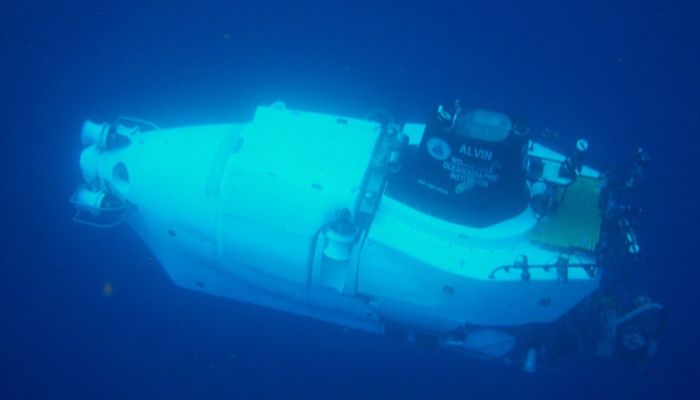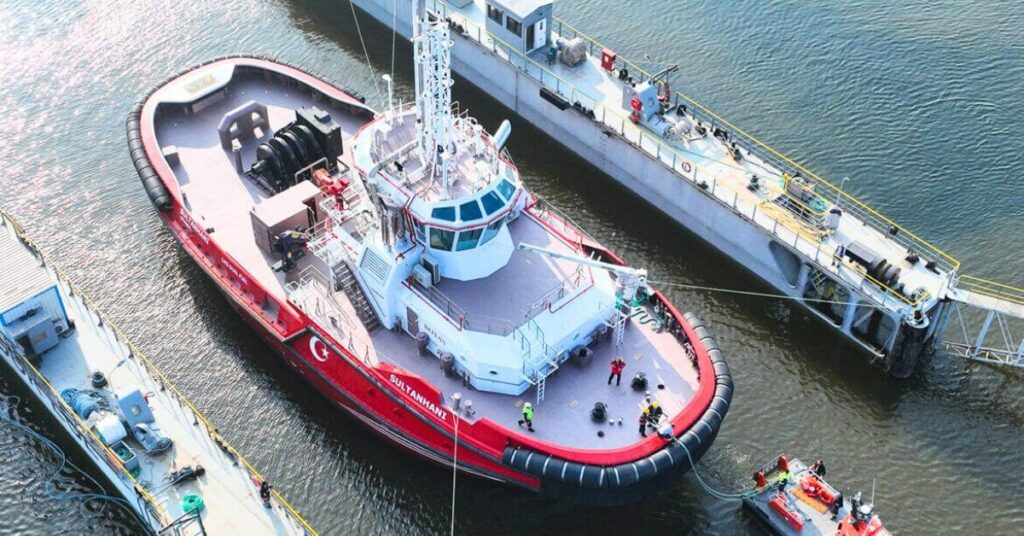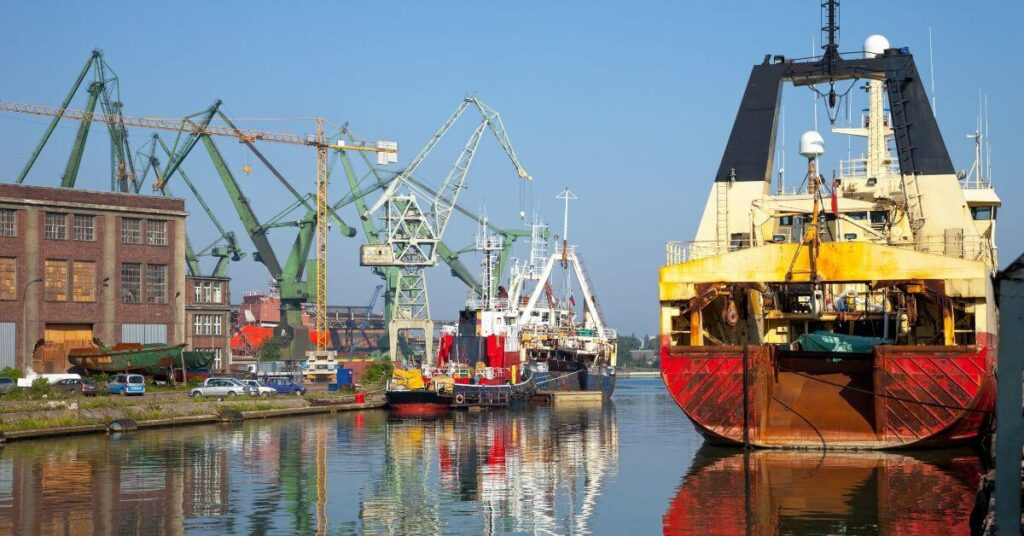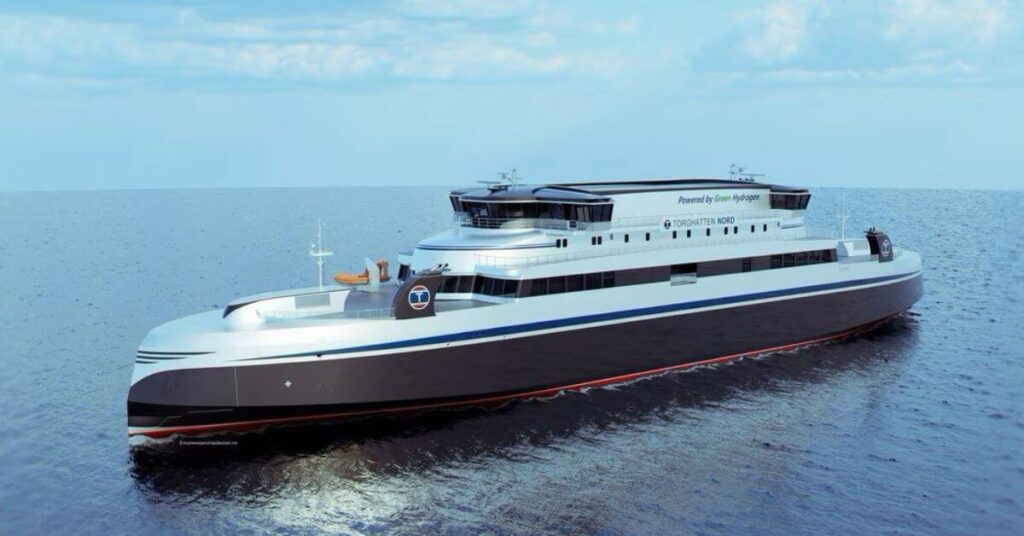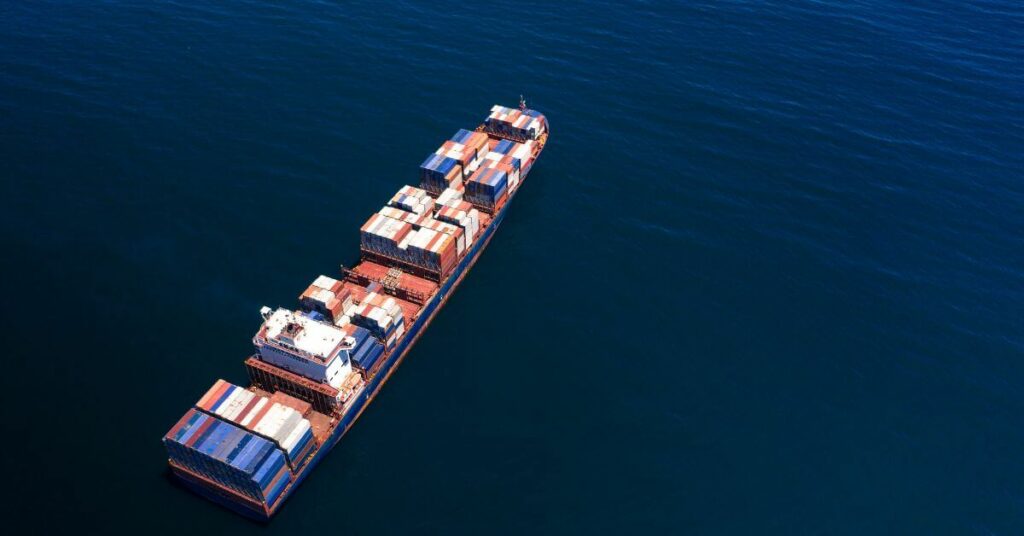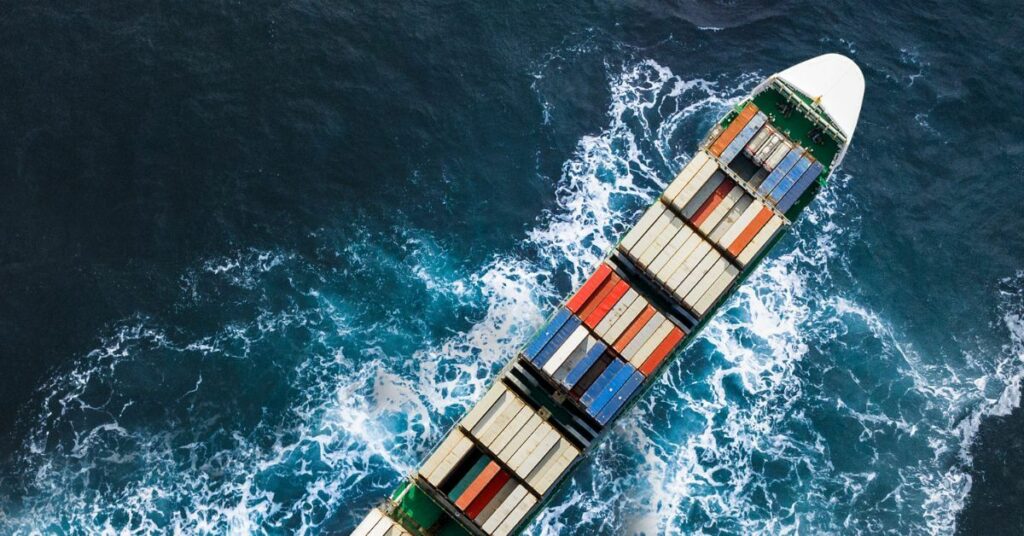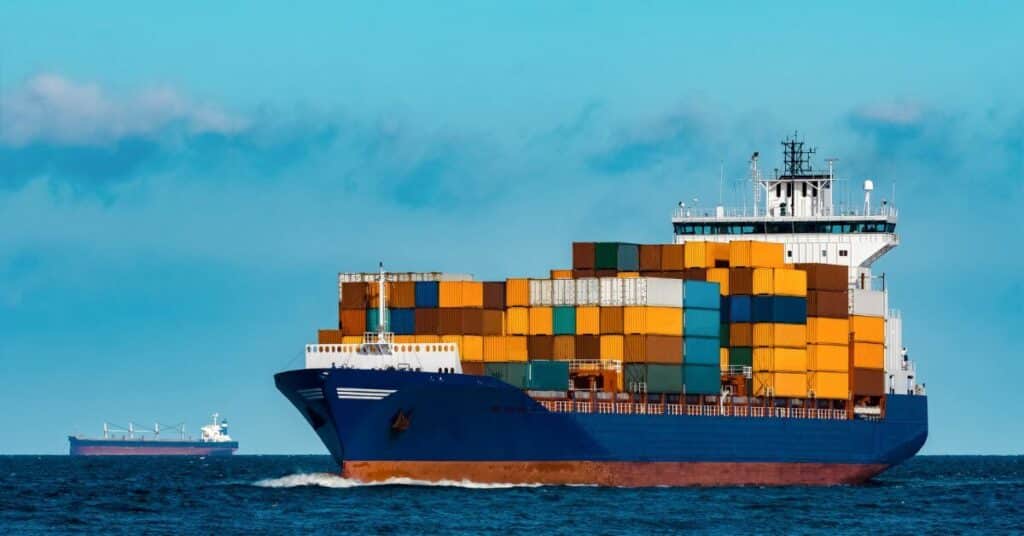Humans Can Now Dive Deeper Into The Oceans Of The World With Alvin
Black smoke seems to rise from chimney-like, unique formations of the deepest and hottest-known hydrothermal vents on our planet. During summer, Anna Michel could see them for herself — a few miles under the ocean’s surface. Michel, an associate scientist with the Woods Hole Oceanographic Institution, was one member of a three-member crew on Alvin, the submersible, as it dove down to reach the Mid-Cayman Rise.
Known as the Beebe Hydrothermal Vent Field, the vents exist on the ocean floor, where the two tectonic plates separate almost half an inch every year toward the south of the Cayman Islands.
Hydrothermal vents develop where magma beneath the seafloor results in underwater mountain ranges referred to as ocean ridges.
Cold seawater gradually seeps through the seafloor cracks and gets heated to 750 degrees Fahrenheit as it comes in contact with the magma-heated rocks. Such an interaction releases minerals, venting out nutrients, which lead to the formation of the perfect ecosystem for marine life that surrounds them.
Alvin has been operating for 58 years. It reportedly reached about 6,453 meters in July 2922 in the Puerto Rico Trench that lies to the north of San Juan in Puerto Rico. On several excursions, Alvin travelled about 6,200–6,500 meters below the ocean’s surface to satisfy the requirements already set by the Naval Sea Systems Command and US Navy.
The new range indicates that nearly 99% of the seafloor is now within Alvin’s reach and that of two passengers and its pilot. For Alvin, it’s the third increase in depth since the submersible was first commissioned, per Andrew Bowen, the principal engineer associated with the Woods Hole Oceanographic Institution’s Applied Ocean Physics and Engineering.
Michel has closely worked with underwater vehicles that are remotely operated for about 20 years, but the summer of 2022 was her first time being an Alvin passenger.
However, despite the sub’s enclosed nature, Michel never felt uncomfortable or claustrophobic for once. Instead, she said it almost felt like she was in an elevator, and the eight-hour expedition flew by.
Scientists will now have access to the deepest zones of vast oceans, exploring zones humans have never managed to reach before. Researchers expect to find new species and study the fundamentals of life. In the summer, Michel and a geophysicist named Adam Soule, a professor of oceanography, spearheaded five scientific dives for Alvin’s Science Verification Expedition, travelling to the Caymans and Puerto Rico.
Several underwater cliffs form at the Puerto Rico Trench as the Caribbean and North American tectonic plates collide. Here, the specialized team collected samples of ocean crust and some of the deepest-known kinds of seafloor organisms.
In the Mid-Cayman Rise research, the researchers collected chemical and biological samples from the hydrothermal vents.
Previously, Alvin was only able to travel down 4,500 meters. The new feat was possible only after 18 months of overhauling the 43,000-pound submersible. Alvin’s upgrades include a 4K imaging system, a next-gen hydraulic manipulator arm, more advanced thrusters, new motor controllers, and an integrated control and command system.
Alvin has reportedly contributed to several discoveries, including that of shipwrecks and ocean science. The human-operated vehicle has carried more than 3,000 individuals on more than 5,000 dives to the deep. It’s, until now, the only deep-submergence vehicle in the US that can transport humans to the deep ocean.
Researchers deployed Alvin to study and conduct research on hydrothermal vents and plate tectonics to discover sea life — and explore the RMS Titanic in 1986 after the Woods Hole Oceanographic Institution scientist Robert Ballard found the shipwreck. The submersible helped the Navy unearth a hydrogen bomb from World War II and took scientists to the seafloor that lies under the 2010 Deepwater Horizon oil spillage.
Scientists submit proposals to reserve time for Alvin to conduct research. The submersible takes at least 100 dives every year to explore the vast ocean biodiversity, the planet’s crust, and the life that thrives at unreachable depths.
References: KVIA, KRDO
Disclaimer :
The information contained in this website is for general information purposes only. While we endeavour to keep the information up to date and correct, we make no representations or warranties of any kind, express or implied, about the completeness, accuracy, reliability, suitability or availability with respect to the website or the information, products, services, or related graphics contained on the website for any purpose. Any reliance you place on such information is therefore strictly at your own risk.
In no event will we be liable for any loss or damage including without limitation, indirect or consequential loss or damage, or any loss or damage whatsoever arising from loss of data or profits arising out of, or in connection with, the use of this website.
Disclaimer :
The information contained in this website is for general information purposes only. While we endeavour to keep the information up to date and correct, we make no representations or warranties of any kind, express or implied, about the completeness, accuracy, reliability, suitability or availability with respect to the website or the information, products, services, or related graphics contained on the website for any purpose. Any reliance you place on such information is therefore strictly at your own risk.
Do you have info to share with us ? Suggest a correction
About Author
Marine Insight News Network is a premier source for up-to-date, comprehensive, and insightful coverage of the maritime industry. Dedicated to offering the latest news, trends, and analyses in shipping, marine technology, regulations, and global maritime affairs, Marine Insight News Network prides itself on delivering accurate, engaging, and relevant information.

About Author
Marine Insight News Network is a premier source for up-to-date, comprehensive, and insightful coverage of the maritime industry. Dedicated to offering the latest news, trends, and analyses in shipping, marine technology, regulations, and global maritime affairs, Marine Insight News Network prides itself on delivering accurate, engaging, and relevant information.
Latest Shipping News Articles You Would Like:
Subscribe To Our Newsletters
By subscribing, you agree to our Privacy Policy and may receive occasional deal communications; you can unsubscribe anytime.



